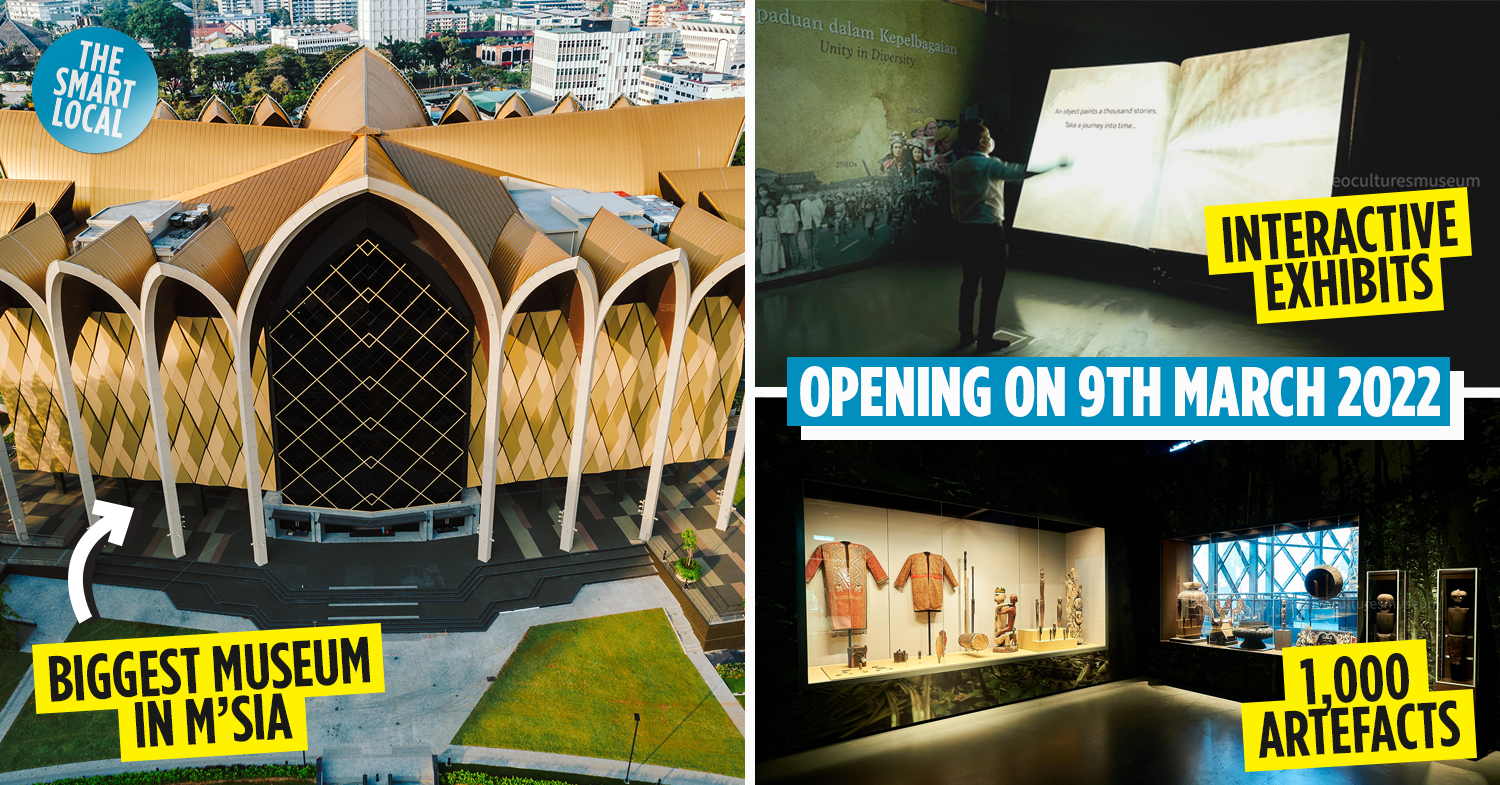Unraveling Customs: Borneo Cultures Museum in Focus
Unraveling Customs: Borneo Cultures Museum in Focus
Blog Article
Explore the Fascinating World of Borneo's Cultural Heritage: A Comprehensive Guide to the Cultures Museum Experience
Submersing oneself in the elaborate tapestry of Borneo's cultural heritage belongs to embarking on a trip with time and custom. The fusion of native people, conventional handicrafts, exciting performances, and historical stories housed within the boundaries of the island's galleries uses a glimpse into a world bristling with extensive legacies and dynamic customizeds. As visitors go across with these repositories of society, they are beckoned to check out a realm where past and present intermingle, welcoming consideration on the resilience and richness of Borneo's diverse heritage.
Indigenous Tribes of Borneo
Borneo is home to over 50 native people, each with distinct social methods and traditions that have actually been preserved for generations. Amongst these people are the Iban, recognized for their intricate tattoos and typical longhouses where numerous family members reside.
These indigenous people play a vital duty in keeping Borneo's abundant social tapestry. Despite exterior influences and innovation, numerous tribes continue to support their languages, ideas, and customs. Visitors to Borneo have the possibility to engage themselves in the distinct way of livings of these tribes through social excursions, homestays, and community-based tourist initiatives. By involving with these indigenous neighborhoods, visitors can gain a much deeper recognition for the variety and durability of Borneo's indigenous heritage.
Traditional Inventions and Artifacts

One famous example of typical handicrafts in Borneo is the production of woven goods - Borneo Cultures Museum. Proficient weavers use natural fibers like pandan, rattan, and bamboo leaves to produce complex baskets, mats, and accessories adorned with colorful patterns that hold symbolic meanings within the community
The art of woodcarving is an additional significant facet of Borneo's traditional inventions. Artisans sculpt elaborate designs right into various kinds of timber to create masks, sculptures, and music tools that not just offer functional objectives however additionally hold cultural value, commonly illustrating folklore or spiritual ideas.
Furthermore, Borneo is renowned for its beadwork, with craftsmens meticulously crafting beads from products like glass, seeds, and shells to develop fashion jewelry, clothing decorations, and attractive things that display the region's lively visual traditions. These standard handicrafts and artefacts not only work as tangible expressions of Borneo's social heritage but additionally supply insights into the neighborhoods' beliefs, worths, and method of life.

Social Performances and Festivals
With a deep-rooted connection to their social practices, the communities in Borneo come active via lively cultural performances and festivals that celebrate their heritage. These occasions showcase the rich variety of Borneo's ethnic teams, each offering unique dancings, music, and rituals that have been passed down through generations. One of the most prominent events is the Gawai Dayak, commemorated by the Dayak individuals to mark the rice harvesting period. During this celebration, traditional songs fills the air, elaborate dances are executed, and sophisticated traditional outfits are used. An additional substantial occasion is the Pesta Kaamatan, commemorated by the Kadazandusun community to appreciate for the rice harvest. This festival includes social performances, including continue reading this the Sumazau dancing, and conventional sports like the bamboo dance. Visitors to Borneo can immerse themselves in these festivities, gaining a deeper understanding of the area's cultural heritage and experiencing the cozy hospitality of its individuals. Social performances and events act as a vivid pointer of Borneo's abundant cultural tapestry and the significance of preserving these traditions for future generations.
Historical Narratives and Artifacts
Checking out the historic stories Get the facts and artifacts of Borneo uses a remarkable glimpse into the area's abundant past and social development. Borneo's historical tapestry is woven with varied impacts, reflecting the interactions in between indigenous people, Chinese traders, European colonizers, and Malay sultanates. The artifacts discovered in Borneo display this elaborate background, ranging from standard crafts like detailed beadwork and woodcarvings to archaeological prizes such as ancient ceramic and tools.
Among one of the most engaging elements of Borneo's historic stories is the preservation of oral traditions passed down via generations. These tales give understandings right into the ideas, customizeds, and lives of Borneo's occupants throughout the centuries. In addition, the artefacts uncovered from historical sites supply tangible connections to these narratives, enabling site visitors to witness the material culture of past societies firsthand.
Contemporary Cultural Preservation Efforts

Furthermore, curricula and social exchange tasks play a critical role in increasing awareness about the relevance of preserving Borneo's special cultural heritage. By involving institutions, galleries, and the broader community in discussions and activities that celebrate Borneo's diverse societies, conservation initiatives can gain momentum and assistance for long-lasting sustainability. Partnerships between governmental bodies, charitable organizations, and neighborhood communities are crucial in driving these conservation endeavors onward, making certain that Borneo's sites rich social heritage remains vivid and treasured for generations to come.
Verdict
Finally, the social heritage of Borneo is diverse and rich, with native tribes, typical inventions, cultural efficiencies, events, historical stories, and modern conservation efforts all contributing to its individuality and importance. Visitors to Borneo's cultural museums can acquire a much deeper understanding and gratitude of the area's social heritage, permitting a much more immersive and informing experience.
Immersing oneself in the complex tapestry of Borneo's cultural heritage is comparable to getting started on a trip with time and practice.With a deep-rooted link to their cultural traditions, the areas in Borneo come alive via vivid social performances and events that celebrate their heritage. Cultural efficiencies and festivals serve as a vivid reminder of Borneo's abundant cultural tapestry and the importance of maintaining these practices for future generations.
Moreover, instructional programs and cultural exchange activities play an essential duty in elevating recognition about the significance of protecting Borneo's one-of-a-kind social heritage. Cooperations in between governmental bodies, non-profit companies, and local neighborhoods are crucial in driving these conservation ventures forward, guaranteeing that Borneo's rich social heritage continues to be vivid and valued for generations to come.
Report this page